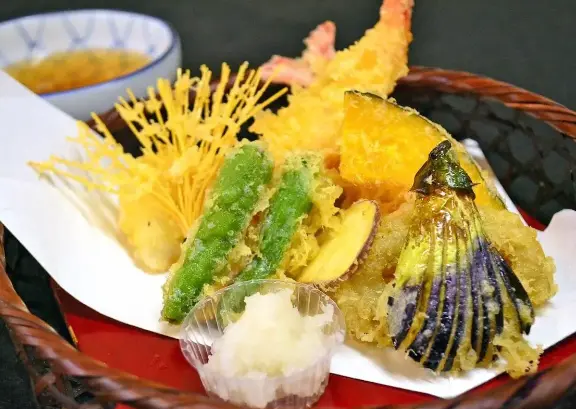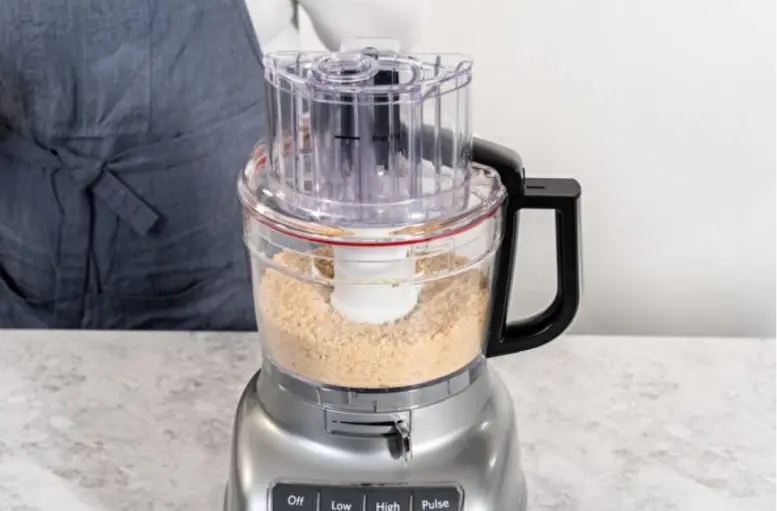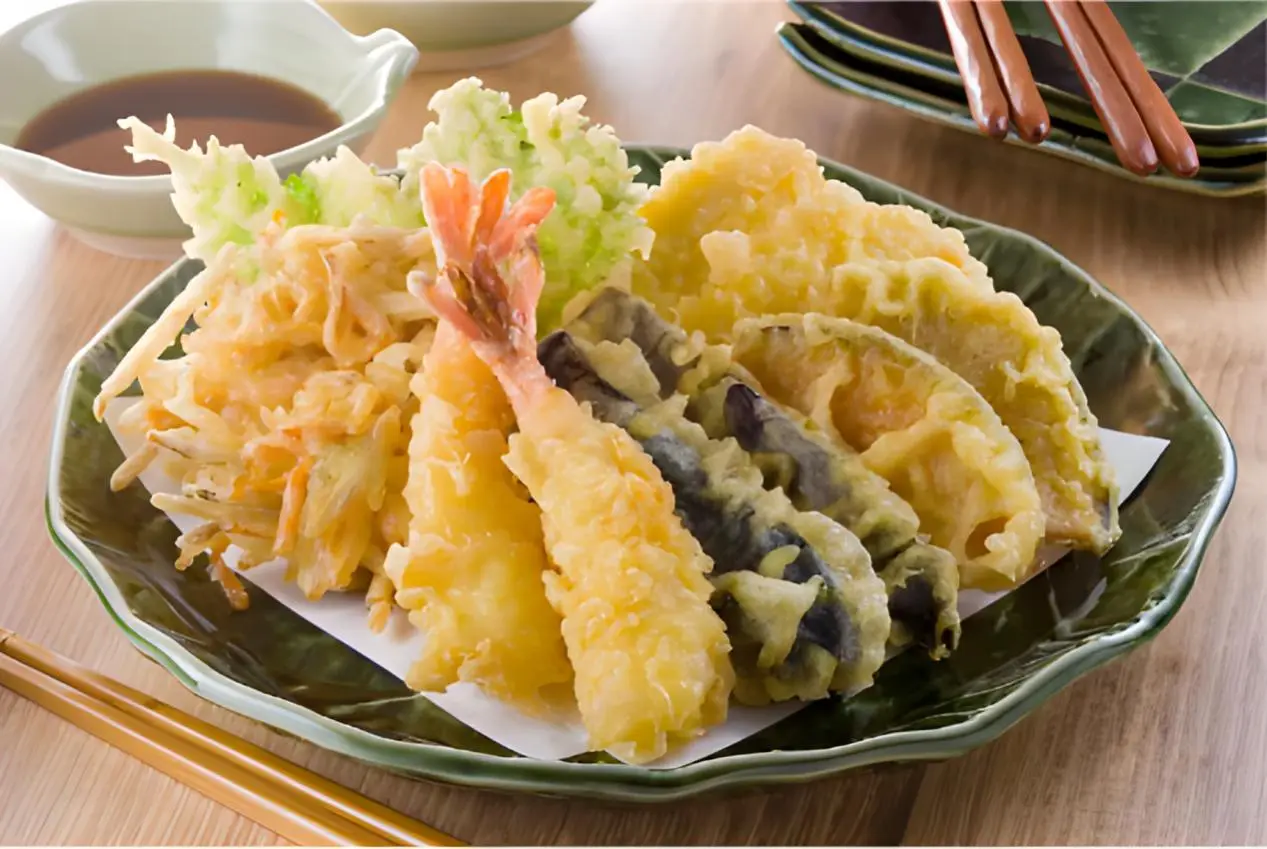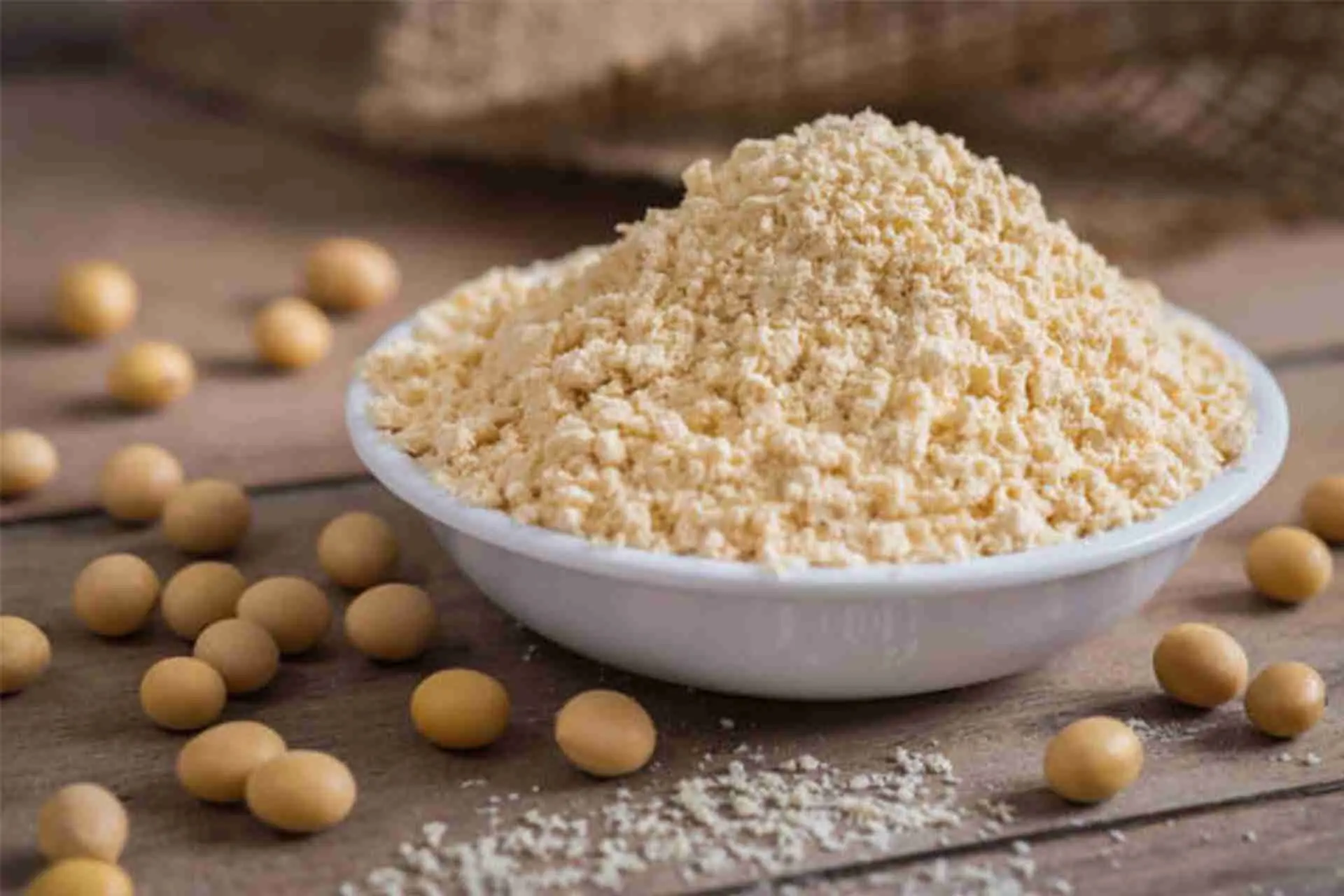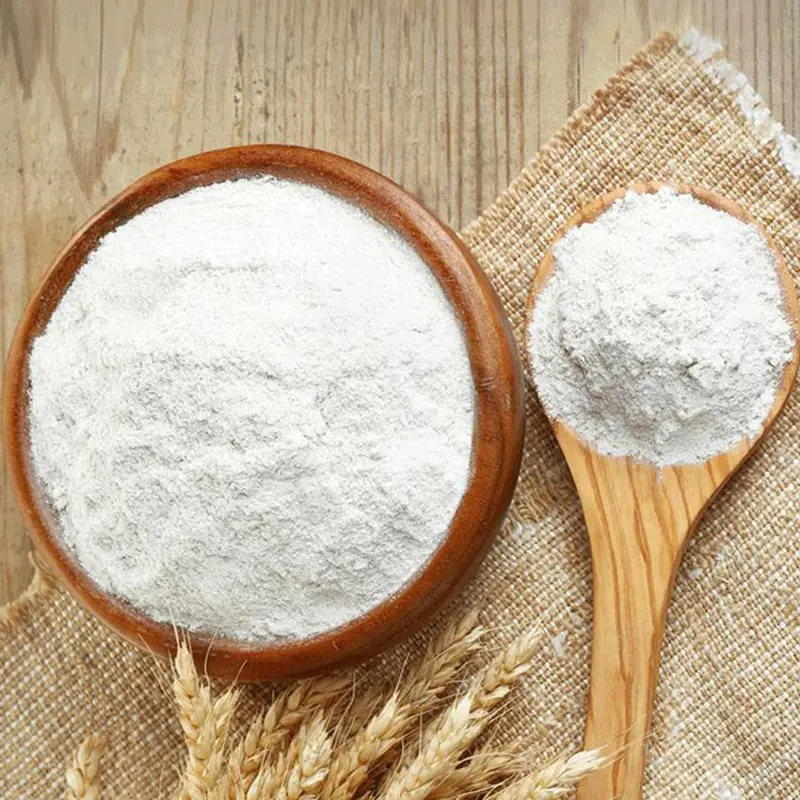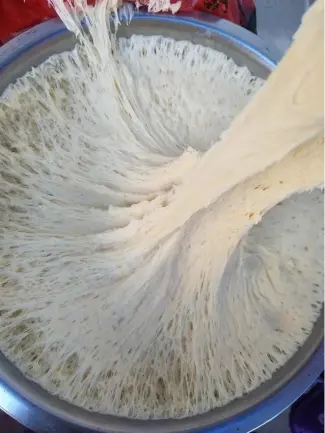The Art of Japanese Frying: A Guide to Premium Tempura Flour and Panko
Japanese cuisine is renowned for its delicate textures and flavours, and the secret behind its signature crispy dishes lies in specialized frying flours. From fluffy tempura to crispy fried chicken, Japanese frying flours like tempura flour, panko Breadcrumbs and fried chicken coatings are essential for getting authentic results. This guide explores their types, ingredients and culinary applications.
- TempuraFlour: A light wheat mixture that is typically mixed with cold water to create a lacy, golden crust. Great for shrimp, vegetables and seafood.
- Panko Bread: Flaky, coarse breadcrumbs made from crustless bread that provide an ultra-crisp texture for tonkatsu (pork cutlets) or fried oysters.
- Fried Chicken Powder: A mixture seasoned with starch and spices, designed for marinated chicken or tofu for a deliciously crispy texture.

Premium Japanese frying flours focus on simplicity and purity. Tempura flour typically contains non-GMO wheat, baking powder and no artificial additives. Breadcrumbs are toasted in the oven for evenness, while karaage mixes may include garlic, ginger or sesame seeds for depth. Gluten-free and organic options cater to modern dietary preferences.
Tempura: Ingredients are dipped in cold batter and fried at 170℃ for a crisp, non-greasy texture.
Breadcrumbs: Breadcrumbs are firmly pressed onto proteins for a long-lasting, crispy coating.
Karaage: Meats are pre-marinated, evenly coated, then fried until golden.
The satisfying crunch of karaage enhances the natural flavors of ingredients rather than masking them.
The technique of making tempura originated with Portuguese missionaries in the 16th century and was later refined by Japanese chefs. Japanese panko breadcrumbs emerged during World War II as bakers sought efficient ways to repurpose bread. Today, these powders symbolize innovation rooted in tradition.
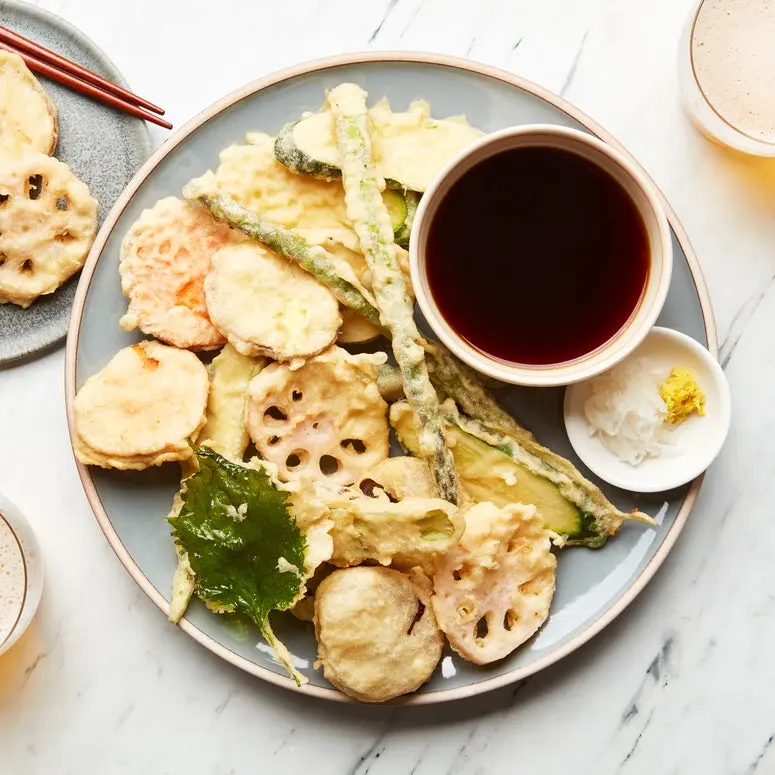
The history of tempura powder dates back to the 16th century, with its origins tied to Portugal.
Portuguese origin: The name and cooking method of tempura powder were first introduced to Japan by Portuguese missionaries in the 16th century. The Portuguese word "tempura" may be derived from the Latin "ad tempora quadragesimae", which means "to observe Lent", because the Portuguese abstained from eating meat during Lent, so they would eat fish instead of meat.
Development in Japan: In Japan, the cooking method of tempura powder has gradually developed and improved. The original tempura is different from the modern tempura in terms of production method. Early tempura was made by processing seafood, vegetables and other raw materials into a certain shape and then frying them, and used as semi-finished raw materials for other cooking methods. In the Edo period, the production method of tempura gradually evolved into its current form, that is, seasoning and battering before frying, and then deep-frying and eating directly.
Documentary records: Japanese documents show that tempura was first mentioned in 1669 by Kyoto physician Hisamasa Okumura in his "Food Record". This shows that the cooking method of tempura powder has a history of at least 350 years.
Edo Period: In the Edo Period, the method of making tempura flour was further developed. The book "Rice Song Sen no Gumi" published in 1747 detailed the method of making battered and deep-fried tempura food, which marked the establishment of the modern method of making tempura flour.
Regional differences: As tempura spread throughout Japan, different regions developed their own characteristics. For example, Kyoto's "Kyo-style Tempura", Osaka's "Satsumayan" and Nagasaki's "Deage" are all local tempura flour cooking methods.

Today, tempura flour is not only a fried food in Japanese cuisine, but also one of the most acceptable Japanese foods in the world. The cooking method and flavor of tempura flour have been spread and recognized worldwide.
Contact
Arkera Inc.
Email: info@cnbreading.com
WhatsApp: +86 136 8369 2063





